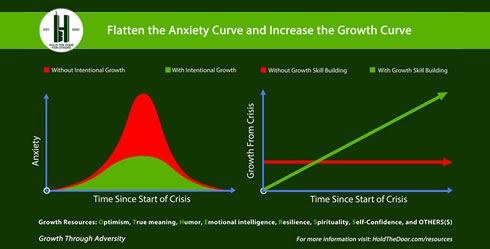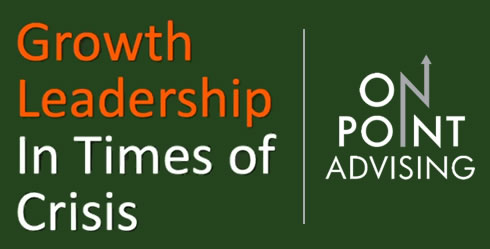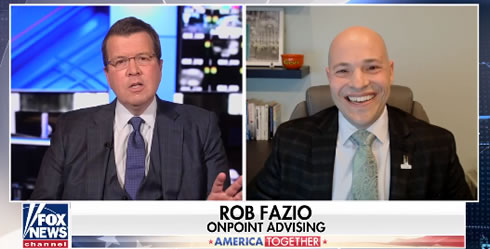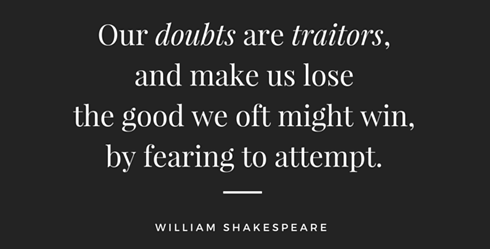Lead with Intention: What’s the number one reason people leave their jobs? Is it money? No. Is it location? No. Is it lack of upward mobility? No. People don’t leave jobs. People leave people. Across industries, companies, and countries, people who leave, leave because of their boss. Having a bad boss is like having that terrible roommate in college, they are always around, and they can prevent you from enjoying your days and nights.
Most books, articles, blogs, and leadership trainings that start out like this end up the same, with people leaving thinking, wow, I totally agree. I remember working for that boss who stressed me out and I wasn’t motivated to go the extra mile. I invite you to not think about that boss, and encourage you to think if you’re that boss. I’ve been fortunate to have conversations with CEOs, HR leaders, and emerging leaders around the world. What I’ve realized is people don’t realize when they are that bad roommate. It’s often not intentional. As a matter of fact, most bosses have a way of doing things that they think is the right way and don’t realize they are holding people back, or worse, demotivating their top talent. There is often a gap between a leaders intention and their impact.
Leadership is about intentional influence. Gone are the days where just doing work gets results. It’s about work and working through others. You need to be aware of your leadership presence if you want to get the most out of people to lead productivity. Let’s start by taking a look at your leadership and asking yourself a few questions.
1) Do people give me unsolicited advice and/or feedback? If the answer is no, there is a good chance you are using your positional power rather than influence.
Simple Strategy: Start with a couple people you know want you to succeed. Ask them how you can get more advice and feedback. Next ask a couple people you are not always aligned with and let them know you’d like to get some of their advice and feedback once a quarter. This often results in less blind spots, less surprises, and more leadership impact.
2) Do people do things I need to get done without me asking? If the answer is no, there is a good chance you are a divider rather than a multiplier of human capital. Meaning, you have an opportunity to get people to take more initiative and get them to be more motivated to work with you.
Simple Strategy: Ask your direct reports two questions. “What is one thing about my leadership approach that is helpful to you? What is one thing about my leadership approach that I can adapt that will be helpful to you? Regardless of the responses, express appreciation for the advice. You don’t need to make the changes, but you do need to let people know that they were heard and you will give their advice some thought. It’s ok if you get different answers from different people. Adapt your approach to people and situations.
3) Do I know what people think of me when I enter and exit a room? If the answer is no, it’s likely you are not matching your intentions with your impact. Your leadership brand speaks just as loud as your words, whether you are intentional about it or not.
Simple Strategy: Know your Leadership Brand. First, write down the top three things you want people to think or feel when you enter a room. Then write down the top three things you want people to think or feel when you leave a room. Next, ask a few people what they think when you enter a room and exit a room. See what the differences are in your intentional brand and what is actually happening. Get some advice from a trusted colleague or a coach to guide a couple simple shifts to move toward your aspirational Leadership Brand.
The OnPoint Point: Leadership is tough and a contact sport. If you just “do” without asking, you are likely missing out on a lot of productivity. These suggestions aren’t easy, but they are simple. Every step counts. Make a move.



























